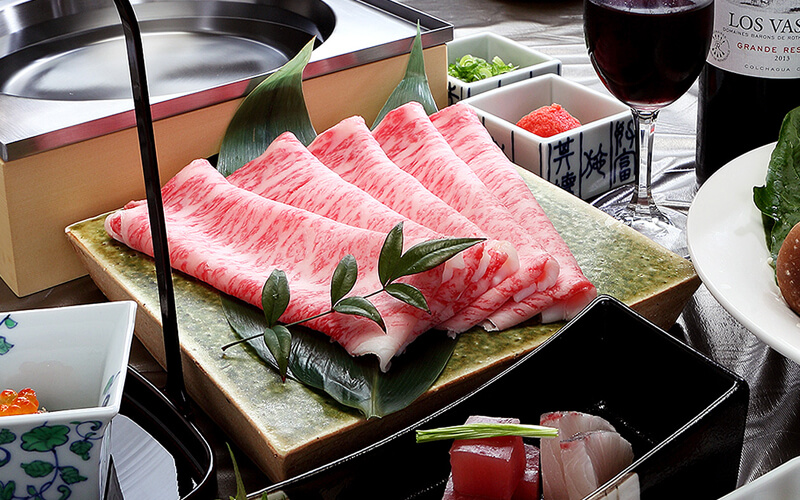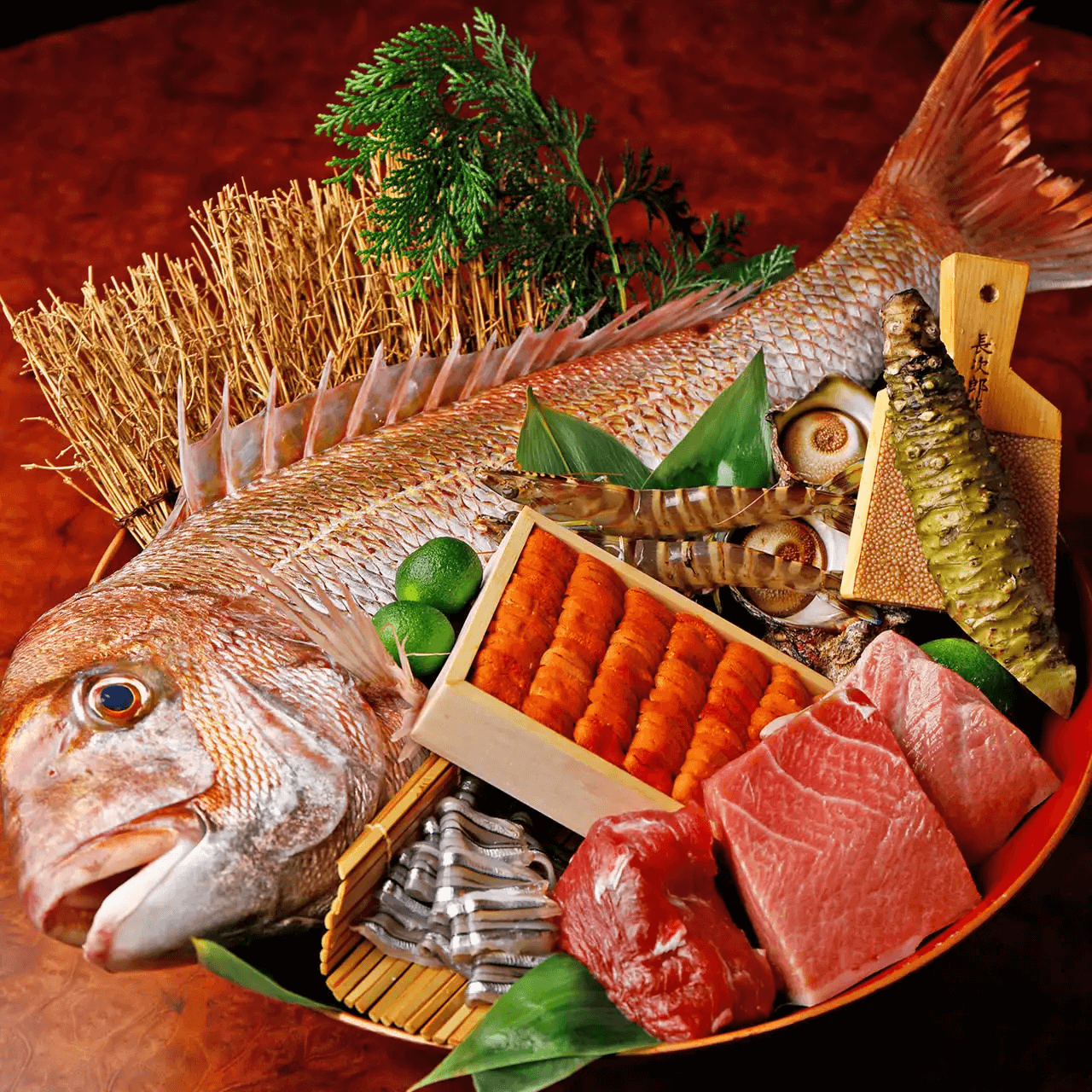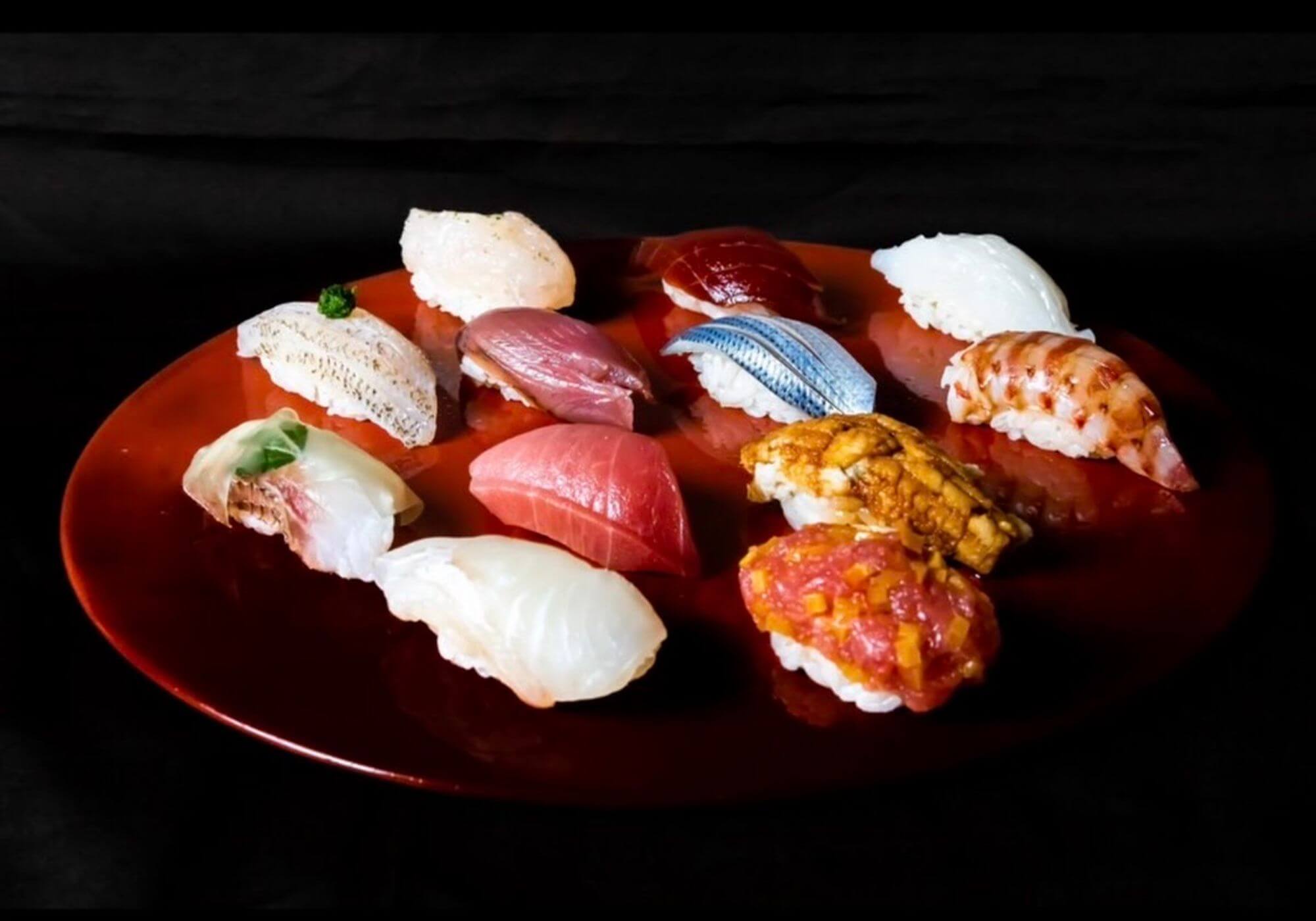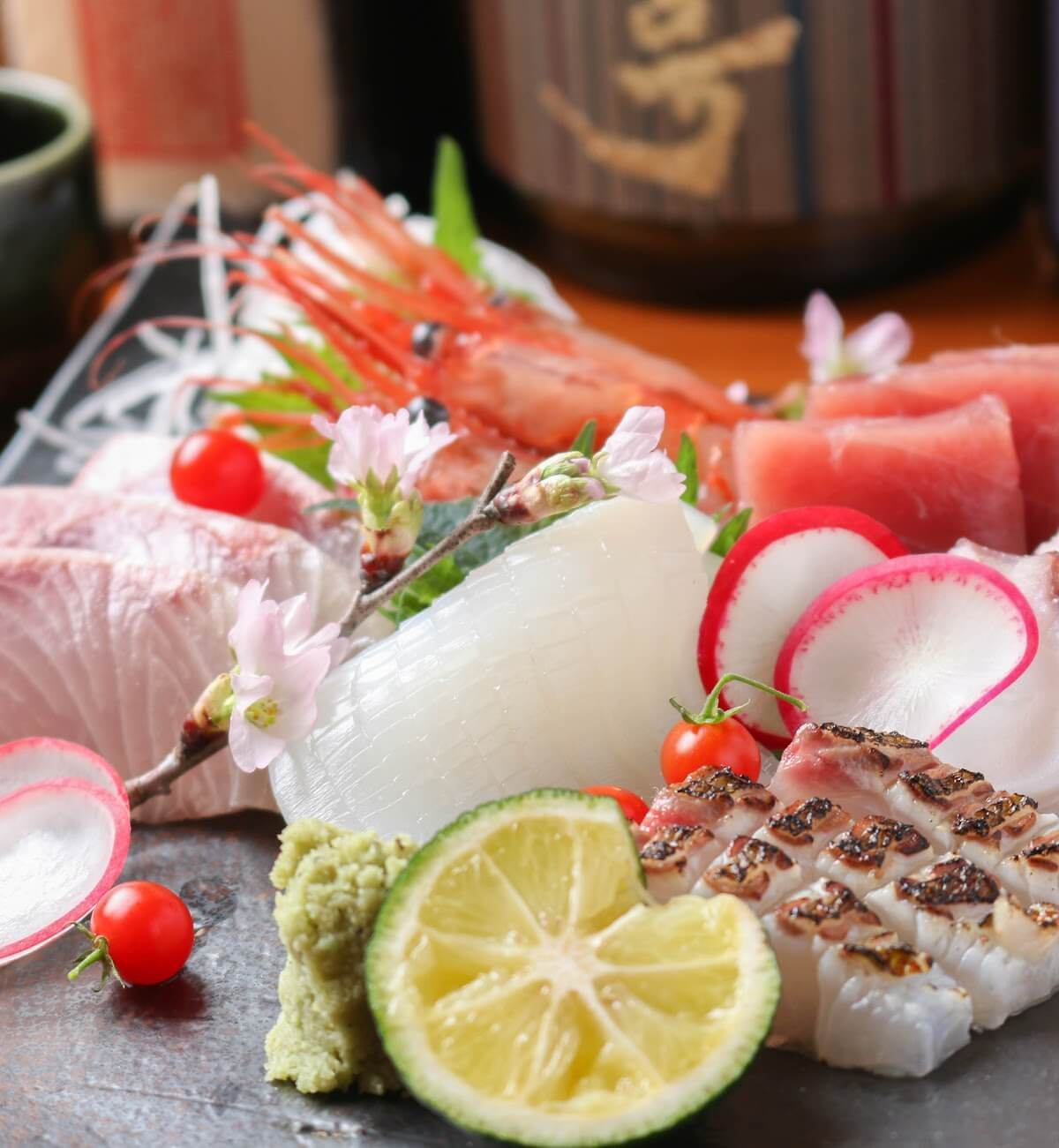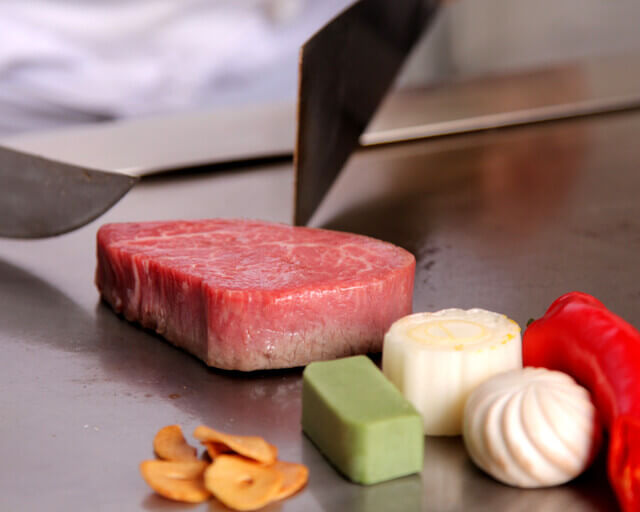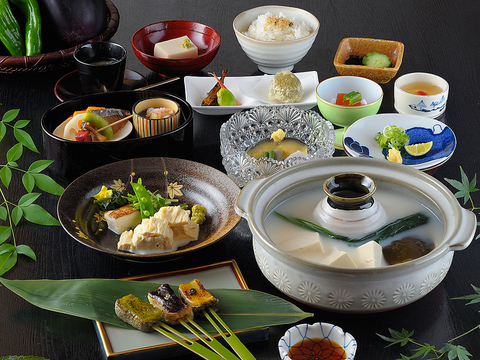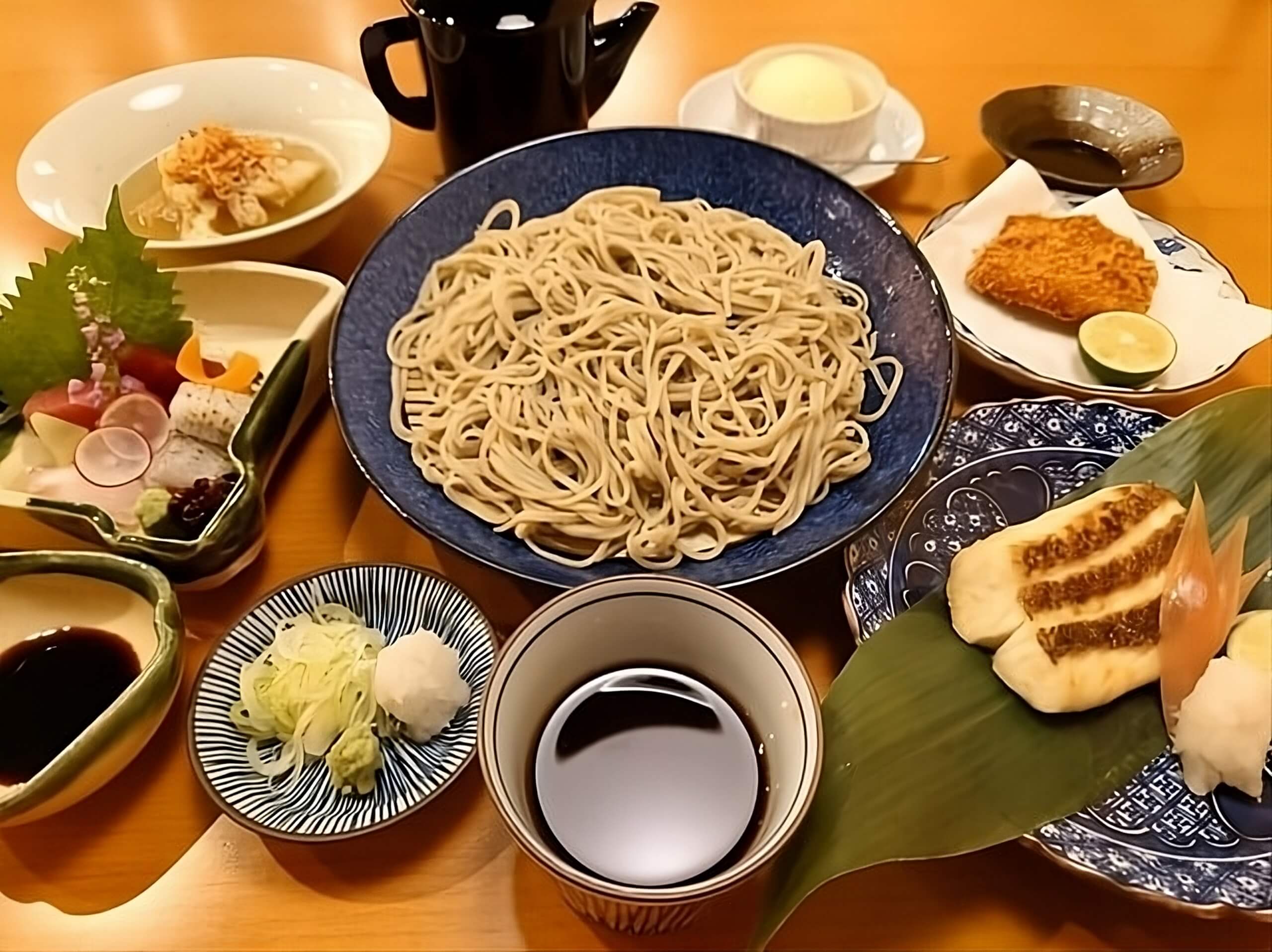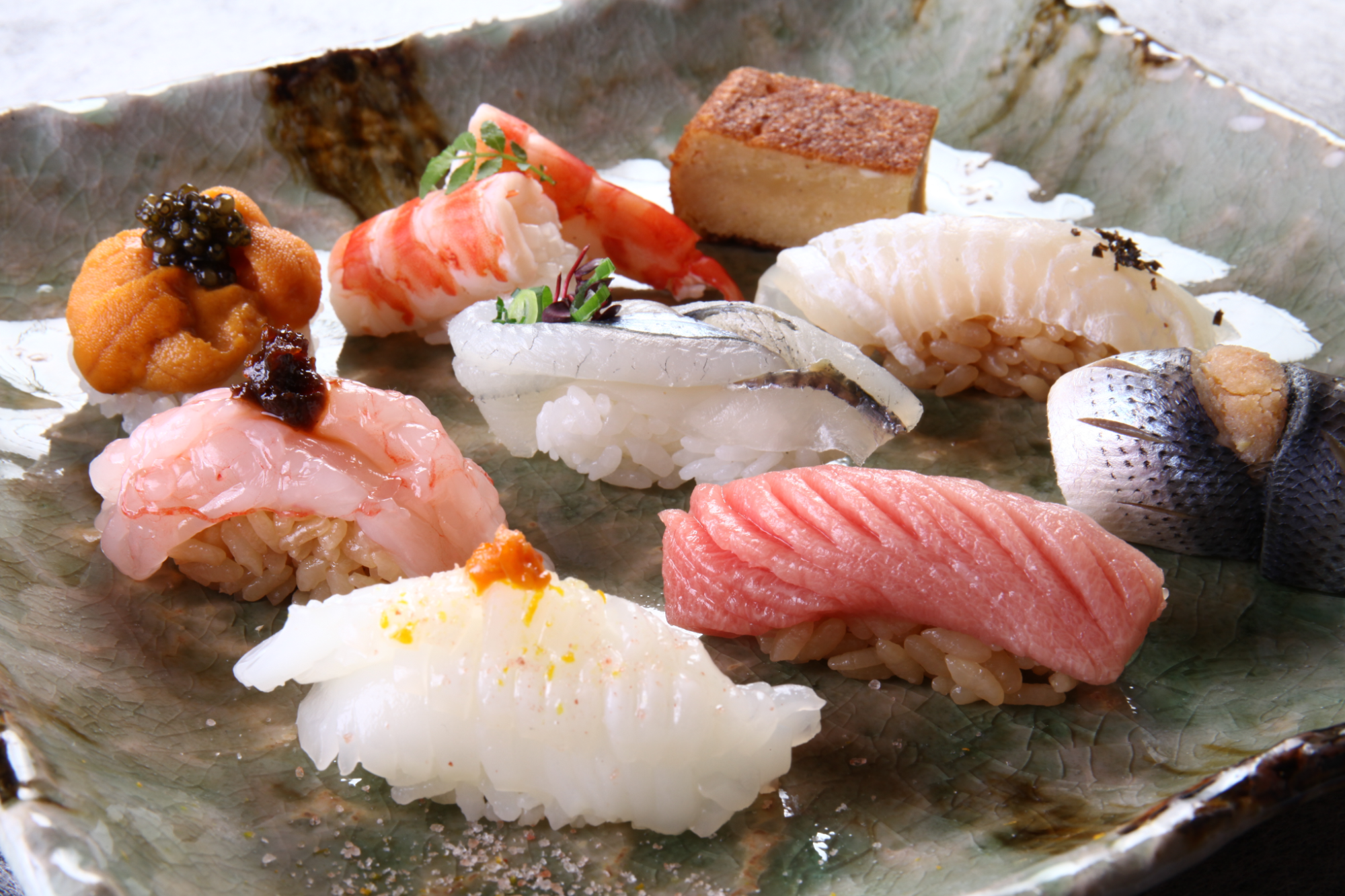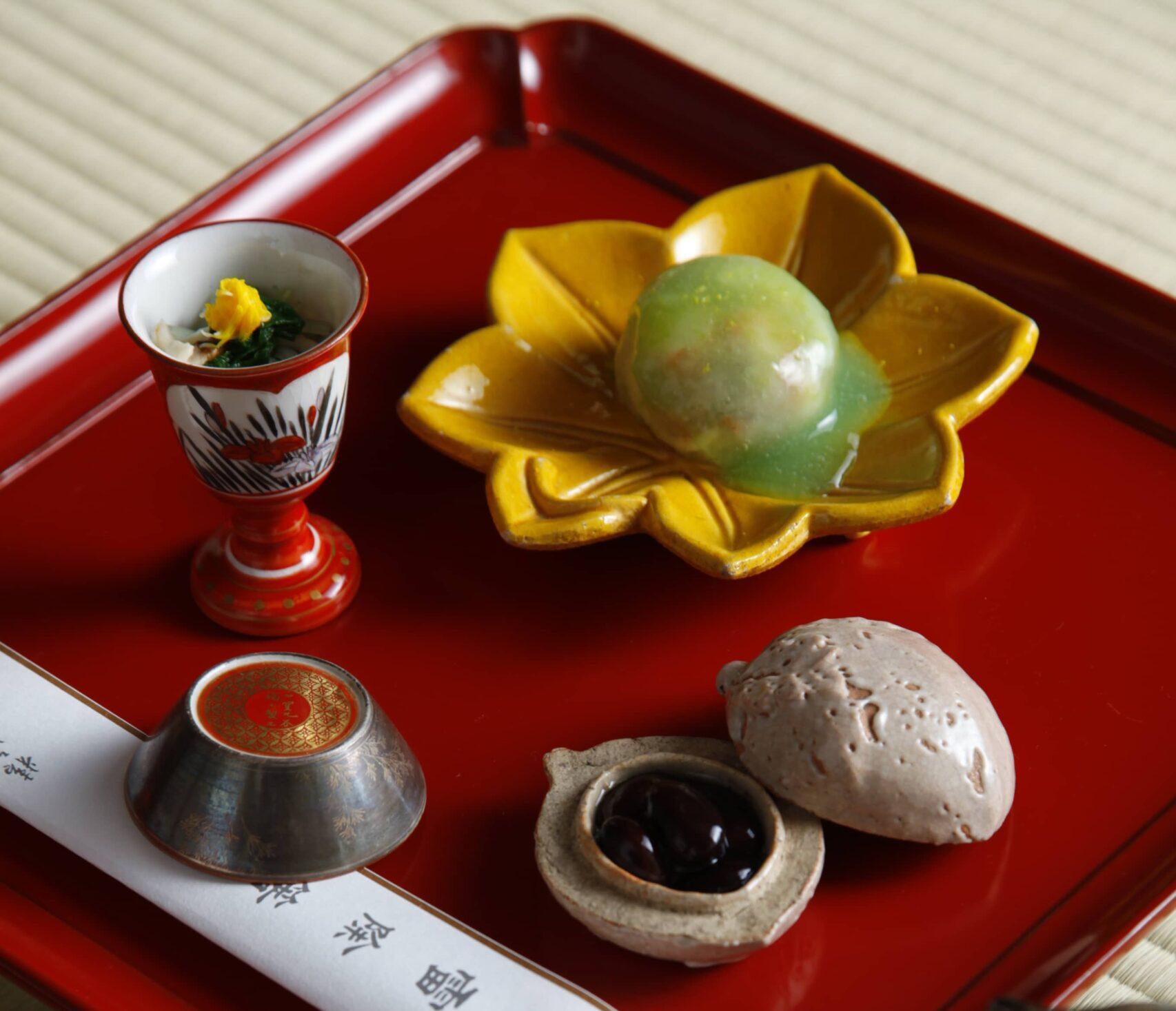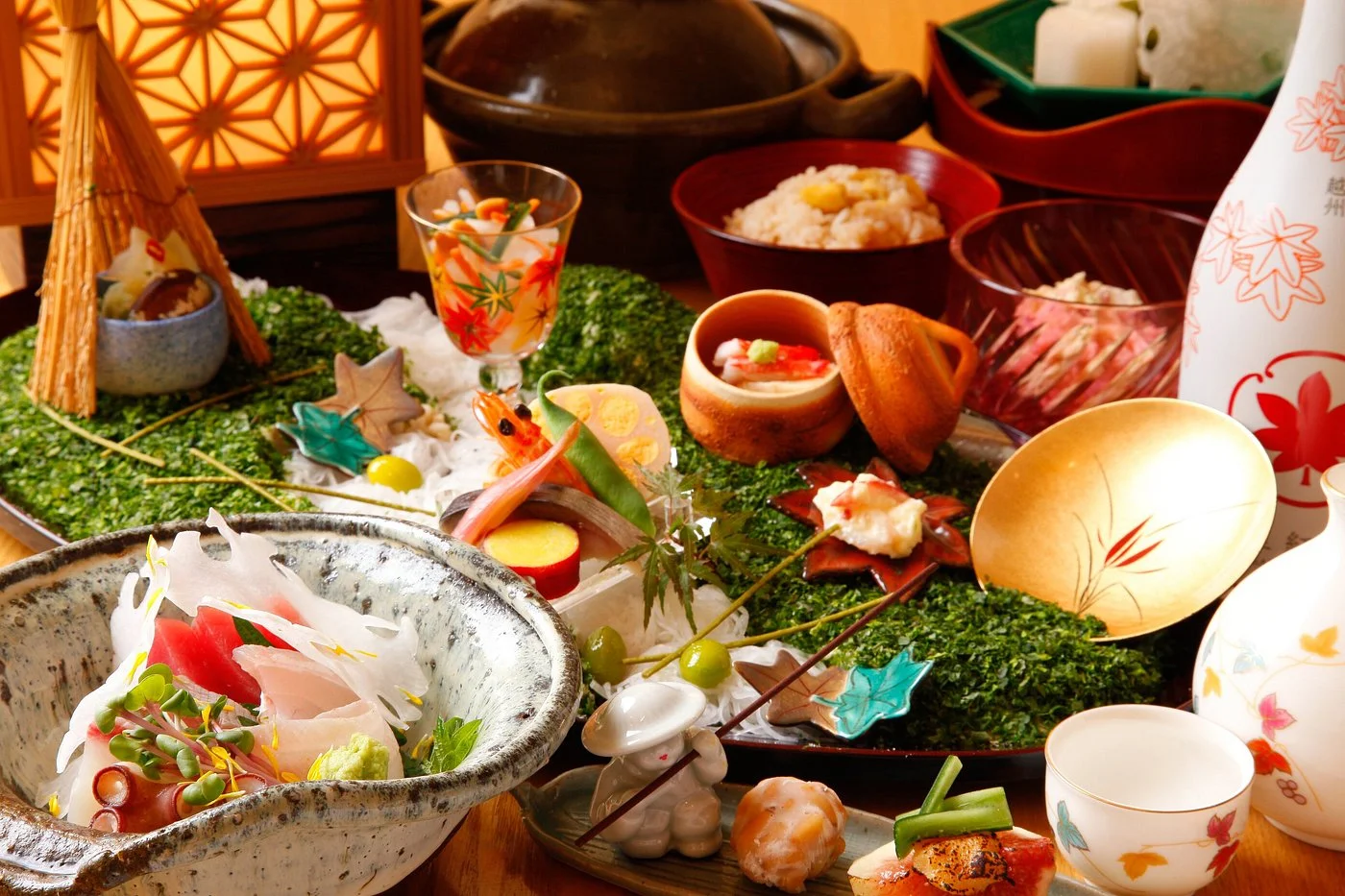If you are looking for things to do in Japan and Kyoto during your stay, be sure to add the Heian Shrine, or Heian Jingu, to your list! Although the shrine is more recently built compared to other Kyoto City attractions, the striking architecture, beautiful Japanese garden, and proximity to many other sight-seeing spots makes Heian Shrine a great place to visit during your time in Kyoto, Japan. No matter what seasons of Japan it is during your visit, the Heian Shrine is sure to give you great memories as well as photos!
Heian Jingu was built in 1895 in commemoration of Kyoto City’s 1,100th anniversary, and is dedicated to the first and last Emperors to rule Kyoto, Emperors Kammu and Komei. At the time it was built, Kyoto’s economy was on a decline, partly due to the capital being moved to Tokyo. Heian Shrine was one of the projects planned to celebrate Kyoto’s history and help boost the city’s economy, and is widely regarded as a symbol or the revitalization of Kyoto as a major city in Japan. The distinct and richly-colored buildings are a partial replica of the former Imperial Palace during the Heian time period (794-1185). 9 of the main buildings burned down in a fire in 1976, and the structure that remains today was reconstructed 3 years later.
Heian Shrine is also surrounded in all 4 cardinal directions by a Japanese-style garden, designed in the style of Meiji-era gardens. Called the Shin’en Garden, this lush garden covers 33,000 square meters, and is famous even among the numerous gardens in Kyoto for the beautiful scenery year round. The garden was designed and created by famous Japanese gardener Ogawa Jihei, known as Ueji, over a period of 20-years.
Heian Jingu Shrine is known to be beautiful no matter the season you visit. The vivid red of the structures stand out no matter the time of year in Japan.
Spring in Japan is a particularly popular time to visit Heian Shrine, as the cherry blossoms, in particular the weeping cherry blossom trees, here on the shrine grounds are thought to be some of the most beautiful in Kyoto. The garden is also full of flowers during springtime, making for a pleasant visit and beautiful photos.
On the other hand, fall is another popular season, as the brown, red, and yellow of the autumn leaves give a completely different feel to the red and green of the architecture of the shrine. If you visit on October 22nd, you can also catch the Jidai Matsuri Festival, one of the top 3 festivals in Kyoto, right here at Heian Jingu
In regards to accessibility, the main shrine grounds of Heian Shrine can be accessed by wheelchairs as well as families using a baby stroller during their vacation. The main entrance has a few steps, but the far left side entrance has a set of ramps providing access. You’ll come out into the main courtyard area, which is mainly gravel. Electric powered wheelchairs and strollers with larger wheels will most likely not have any trouble, but manual wheelchairs might need a bit of maneuvering getting through the gravel. To enter the upper courtyard and approach the main shrine building, stick to the left hand side of the courtyard, where there will be a ramp available.
The Shin’en Garden, however, is not as accessible as the main shrine area, with wheelchair users only able to access about a third of the extensive garden. To access the garden, you will have to enter through the exit after letting staff know, as the main entrance has a few steps, but be aware there is a little bump a couple of centimeters high that you will have to navigate to enter.
The small park in front of Heian Shrine, as well as the souvenir and restaurant building on the left side of the shrine entrance both have accessible restrooms The souvenir and restaurant building also had a changing table available, if your Japan travel includes babies and small children.
The large iconic red torii gates here at Heian Shrine and beautiful Kyoto garden make this a popular stop for tourist lookings for things to do in Kyoto. If you’re looking to just visit the main shrine grounds and stand next to the 24.4 meters tall torii gates, you can actually enter as early as 6 A.M. to avoid the crowds and other Kyoto visitors. The garden is open for visits starting at 8:30, which is still relatively early, so waking up early to get a head start is definitely your best shot at avoiding the crowds.
Alternatively, you can also try visiting during lunch time, around noon. We visited the shrine after visiting nearby Kyoto City Zoo and having an early lunch, but there were hardly any other visitors during our time on the shrine grounds, even on a Sunday. There are many cafes and restaurants in the area, but as the Okazaki area can get busy, especially on the weekends and holidays, it would be best to get an early lunch if you plan to eat in the area, then head to Heian Jingu while other tourists are eating.
English Address : 97, Okazaki-Nishi-tenno-cho, Sakyo-ku, Kyoto-shi, Kyoto Prefecture, JAPAN, 606-8341
Japanese Address : 〒606-8341 京都市左京区岡崎西天王町 97
General Admission: 6:00 – 17:30
Shin’en Garden: 8:30 – 17:00
Heian Shrine is located in the Okazaki area of Kyoto, and is easily accessible by public transport. If you’re heading to the shrine from Kyoto Station, the most direct route is to take either the Kyoto City Bus Route 5 or Kyoto Bus Route 100 to Heian Jingu-mae Bus Stop. From there, Heian Shrine is just a 5 minute walk.
The shrine is also within 10 minutes walk of Higashiyama Station on the Kyoto Subway Tozai Line as well as 15 minutes from both Sanjo Station and Jingu Marutamachi Station n the Keihan Train Line.
The Okazaki area of Kyoto City, where Heian Shrine is located, is full of art museums and other spots to explore. You can find the Okazaki Shrine as well as the Okazaki Park near the shrine. If you have the time, Kyoto City Zoo, the 2nd oldest zoo in Japan, is compact yet full of things to see, especially for small children.
To truly experience Kyoto, Japan, we recommend staying at a traditional Japanese holiday house, or machiya. With locations throughout the city, you can choose the machiya house that best fits your travel needs. Each machiya accommodation has been carefully renovated to maintain the traditional design, while updated for modern comfort.
Make your trip a truly local experience, and go where the locals go. If you're wondering where the locals go to eat when hanging out with family, celebrating with friends, stopping by for an after work drink... look no further.
Machiya Locals Website
